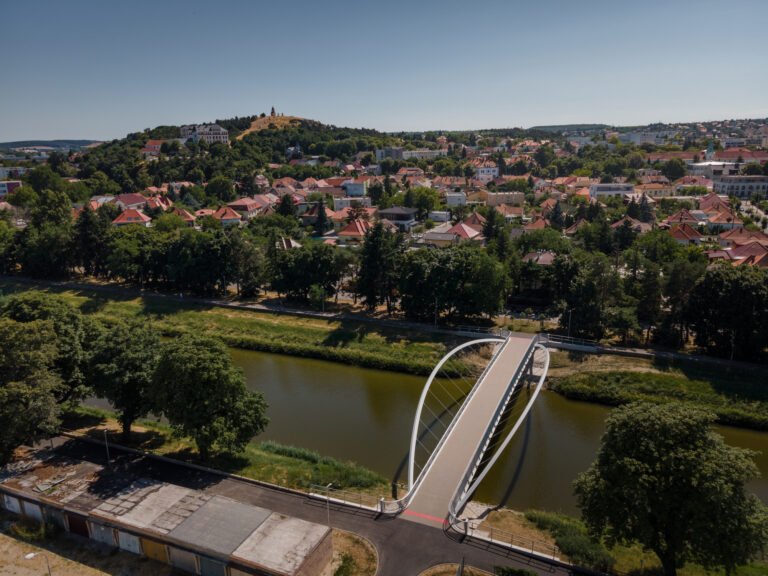Transfarm 2.0 – Challenge to design a farming experience in cities
Transfarm 2.0 – Challenge to design a farming experience in cities

HISTORY OF FARMING
Finding sustenance during prehistoric times that didn’t involve moving from one place to another, hunting and getting to settle down in one place is how agriculture started as a practice. It has been the key source of a region’ dietary needs other than meat. Farming practice maintained equilibrium back when the population was not a huge issue, but it has been stumbling in many ways now.
Farming, be it large scale, traditionally on land or small scale, modern in greenhouses and other spaces, is now on the verge of collapsing as an industry. The industry is hinged on local farmers in rural areas where resources and finances are scarce, making it difficult for them to continue the practice and support the entire food supply system on their own.
Cooperation on all levels is needed. With technology advancing at a faster pace and alternative methods being invented to maintain a healthy inflow of food, farming in places never thought of before is becoming a possibility.
The shift to newer methods of farming from the traditional ones is going to be a big change, can this farming shift be altered physically into dense spaces as easily as any other modern intervention would?
Brief: Design an urban farming facility in a city with a considerable density and in need of food security.
The facility must cater to the food needs of the neighbourhood and also sustain the supply end of the chain. The materials and mechanisms used must also remain in balance without overloading each other. Sustainable strategies must be incorporated in the design so that the negative impact of the facility on the environment is reduced while improving building performance.
Transparency and permeability must be offered to local citizens so that they can access and learn about the system of food supply and farming practices for self-sustenance. Because the facility is to be built amidst a settlement, keeping a farm in a managed state is essential so as to not disrupt the functioning of the neighbourhood.
The design must respond to the existing site conditions and the wider socio-cultural, economic and environmental settings in the design approach.
Design an urban farming facility in a city with a considerable density and in need of food security.
Link to Registration form
Winner 6000$
Runner – Up – 1400$ x 6
People’s Choice – 600$ x 4
Honorable Mention – 600$ x 12
Open to the public/Minimum requirements (Open to anyone that complies with the requirements), Single stage (Winners selected immediately)
The minimum eligible age for participation is 18 years.
The competitions are open worldwide for designers from any discipline.
You can participate as an individual or as a team of a maximum of 4 members.
All students and professionals can participate in the competitions.
Registration Opens April 21, 2021
Registration Closes May 2, 2022
Deadline to Submit Project May 3, 2022
Winners announcement Date June 16, 2022




